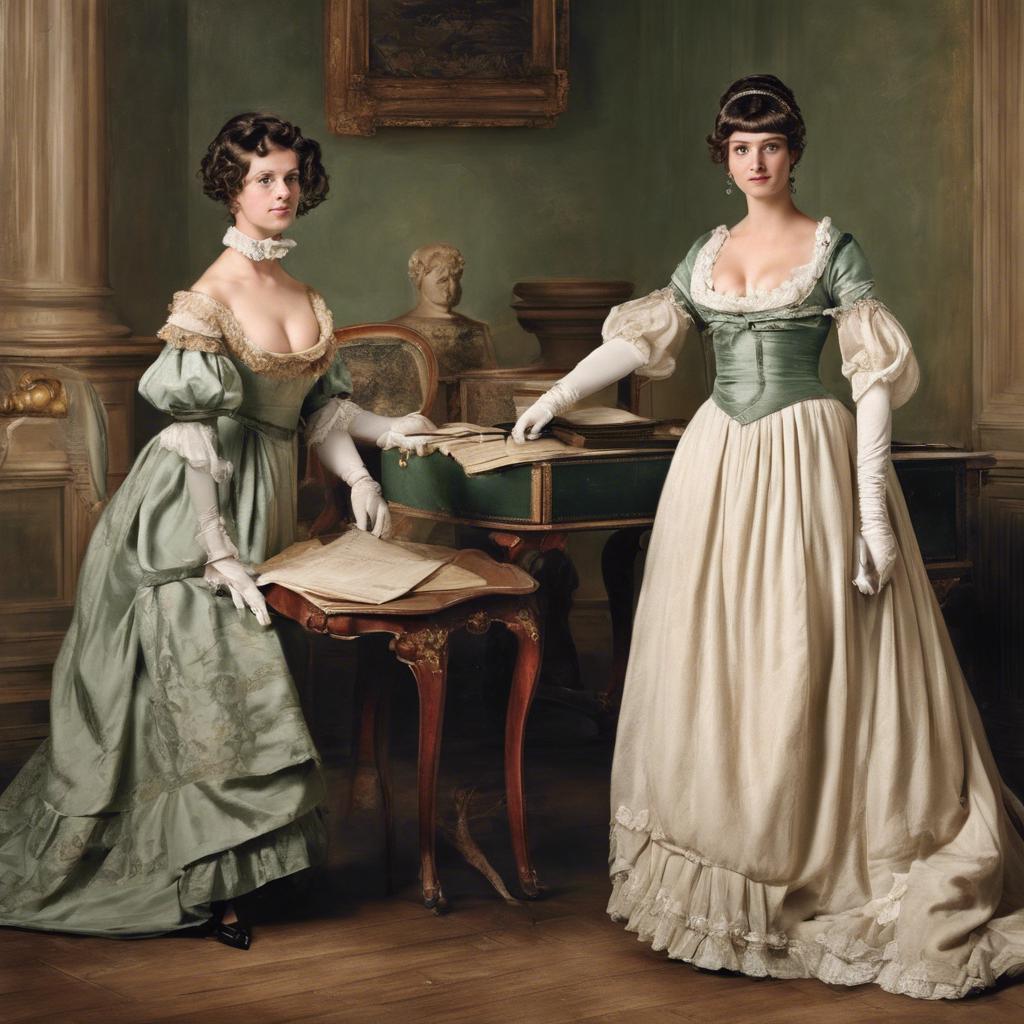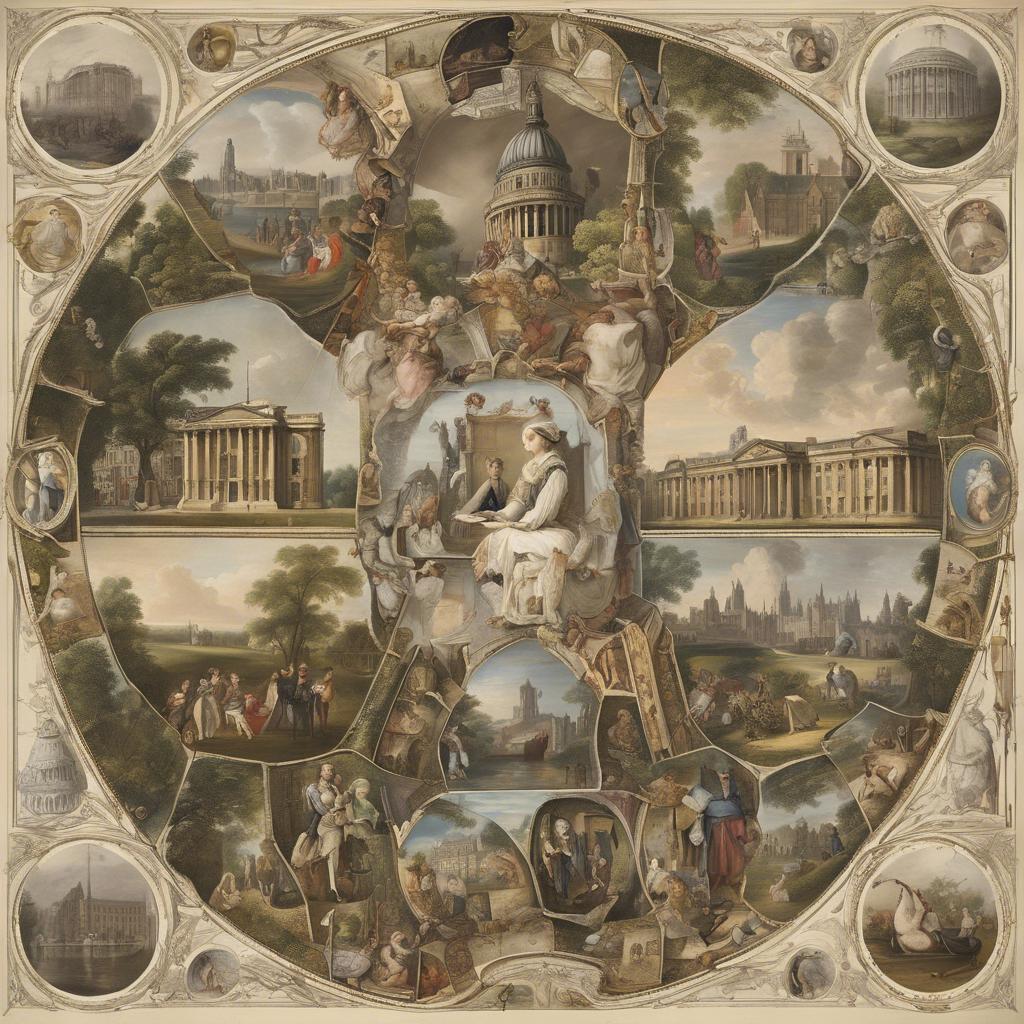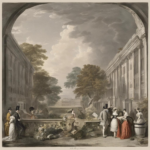The Regency Era of England, spanning from 1811 to 1820, was a pivotal period in British history characterized by the rule of the Prince Regent, later King George IV. This era saw a significant transition in political, social, and cultural landscapes, shaping the future of the nation. Join us as we delve into the intricate history and intriguing legacy of the Regency Era in England.
Step Into the World of Cheryl Bolen
Dive into the enchanting stories of love, intrigue, and elegance set in the Regency Era. Cheryl Bolen's novels offer timeless romance and captivating tales that will leave you wanting more.
Explore Cheryl Bolen's Books Now
Regency Era of England: A Time of Elegance and Sophistication
The Regency Era of England, spanning from 1811 to 1820, was a regency era trivia”>period marked by elegance and sophistication. It was a time when art, fashion, and literature flourished, reflecting a society that valued refinement and cultural pursuits.
During this era, men and women alike dressed in elaborate and refined fashion. Women wore empire-waist gowns made of fine fabrics such as silk and muslin, adorned with delicate embroidery and intricate lace. Men, on the other hand, donned tailored coats, waistcoats, and breeches, exuding a sense of sartorial elegance.
Social gatherings played a significant role in Regency society, with events such as balls, soirees, and tea parties providing opportunities for individuals to showcase their grace and manners. These gatherings were also venues for intellectual discussions, fostering a culture of wit and debate among the elite class.
Political Landscape of Regency England: The Reign of Prince Regent
During the regency era of England, the reign of Prince Regent brought about significant changes to the political landscape of the country. As the regent for his father, King George III, who was deemed unfit to rule due to mental illness, Prince Regent wielded considerable power and influence over government affairs.
**Key Aspects of the Political Landscape:**
- The Prince Regent’s close relationship with his advisors, particularly Lord Liverpool, ensured a stable government during a period of economic and social upheaval.
- The regent’s support for the Tory party led to the passing of conservative policies, despite opposition from the Whigs.
- The regent’s involvement in foreign affairs, particularly the Napoleonic Wars, solidified England’s position as a major political player on the world stage.
| **Benefits of the Regency Era:** | **Challenges Faced:** |
| 1. Economic growth and industrial development | 1. Political unrest and social inequality |
| 2. Expansion of the British Empire | 2. Public opposition to government policies |
Social Customs and Etiquette in Regency England
were highly important and strictly followed by the upper classes during this period. One key aspect of Regency social customs was the emphasis placed on proper behavior and manners. Etiquette guides were popular and people were expected to adhere to these rules in order to maintain their social status.
Attire also played a significant role in Regency social customs. Fashion was a way to display one’s wealth and status, and dress codes were strictly enforced at social events. Women were expected to wear elegant gowns with accessories such as gloves and fans, while men were required to wear tailored suits and top hats.
Another important aspect of Regency social customs was the system of courtship and marriage. Young people were expected to follow strict rules of engagement, including chaperoned outings and formal introductions. Marriage was often seen as a strategic alliance between families, with love and personal choice taking a back seat to social status and financial considerations.
Literary Masterpieces of the Regency Era: Jane Austen and Beyond
Jane Austen is undoubtedly one of the most iconic literary figures of the Regency Era in England. Her novels, such as “Pride and Prejudice” and “Sense and Sensibility,” have captured the hearts of readers for centuries with their sharp wit, social commentary, and timeless romance. Austen’s keen observation of society and her mastery of the English language have solidified her status as a literary legend.
Beyond Jane Austen, the Regency Era also produced other literary masterpieces that are worthy of recognition. Writers such as Lord Byron, Mary Shelley, and John Keats made significant contributions to literature during this period. Lord Byron’s epic poems, Mary Shelley’s groundbreaking work “Frankenstein,” and John Keats’ lyrical poetry continue to inspire and captivate readers to this day.
The Regency Era was a time of great creativity and innovation in the literary world. Writers during this period were unafraid to tackle controversial topics, push the boundaries of conventional storytelling, and challenge societal norms. Their works continue to resonate with readers, offering a glimpse into the culture, values, and challenges of the early 19th century in England.
Final Thoughts
the Regency Era marked a significant period in English history, characterized by the bold fashion, extravagant social gatherings, and personal freedoms of its society. With the influence of great minds and talented artists, this era contributed to shaping the cultural landscape of England and setting the stage for the Victorian Age. Although brief, the legacy of the Regency Era continues to captivate and inspire us to this day. As we look back on this remarkable chapter of history, let us remember the elegance, opulence, and innovation that defined the Regency period, forever leaving its mark on the fabric of English society.


